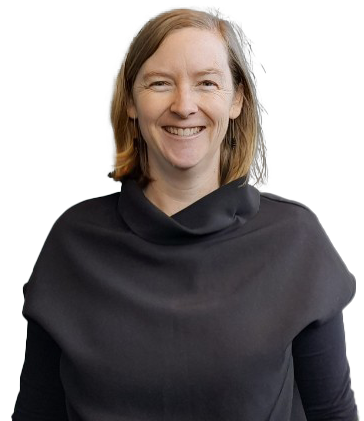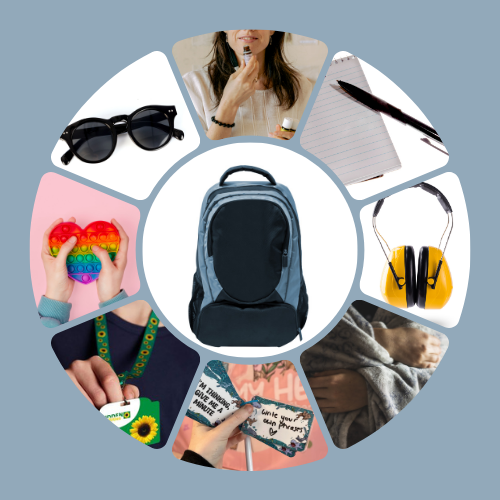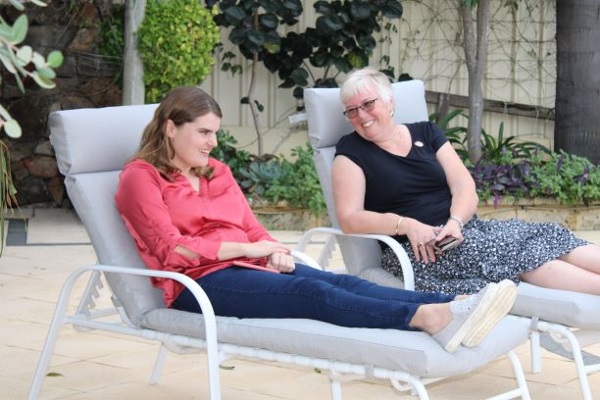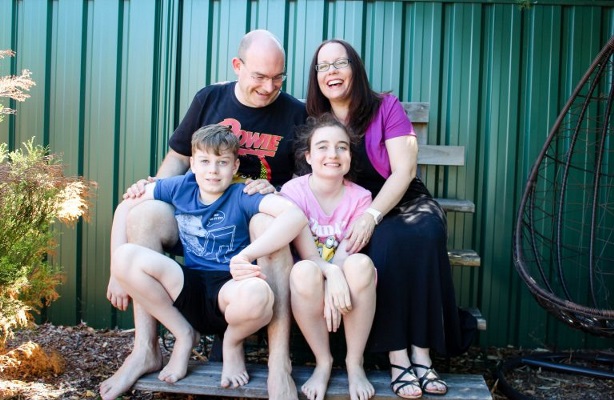Sensory kits and other resources for sensory sensitivity
Co-designed with Disability Inclusion Consultant Samantha Rowe
.png?sfvrsn=162e0283_2)
Samantha (Sam) Rowe (she/her) is an intersectional disability advocate, disability inclusion consultant and researcher with lived experience of Autism, ADHD, and a neurological disability. She brings both professional and personal insight to her cultural sector research and inclusion work, with a strong focus on sensory sensitivity inclusion.
Sam undertook accessibility and advocacy work and research at the University of Queensland, UQ Art Museum, Ipswich Libraries, and currently with Griffith University. Sam’s consultancy work outside of the cultural sector includes co-design projects with Queenslanders with Disability Network, consumer representative work, and advisory and reference group work.
This resource, and others in this series focusing on sensory sensitivity inclusion, was co-designed with Sam.

What is a sensory kit?
Going out and about can be a challenge for those who have sensory sensitivity. A sensory kit—also known as a sensory bag or backpack—is a collection of items designed to help individuals regulate their sensory processing and manage sensory overload.
The items provide sensory calming or stimulation to promote relaxation and reduce anxiety and sensory overwhelm for when individuals are in challenging environments. They could be created by or for a particular child or adult, or provided by organisations—such as tourism, entertainment, and sporting venues, airports, cruise ships, libraries, shopping centres, and retail stores—for the benefit of their patrons.
Other types of sensory kits
Sensory kits for individuals with sensory sensitivity are not to be confused with sensory kits for individuals with dementia or as a fun activity for young children. Sensory kits for dementia and young children are to assist with memory and brain stimulation. Sensory kits for sensory sensitivity are a health and safety tool to assist with the management of sensory overwhelm and overload.
What can you include in a sensory kit?
- Sunglasses: to help with photosensitivity.
- Ear muffs or noise cancelling headphones: to help with phonosensitivity.
- Fidget toys: to help with concentration, fidgeting, stimming & brain diversion.
- Stress balls or squeezy toys: Offers a physical outlet for anxiety.
- Notepad and pencil: for writing down or drawing needs, experiences, feelings, emotions, questions etc…
- Weighted bag or lap pad: can help relieve stress by increasing the release of serotonin and offers deep pressure stimulation for a sense of grounding and relaxation.
- Blanket: to help with temperature regulation in cold spaces.
- Hat: to help reduce the brightness of lights and for temperature regulation.

- Communication cards: a communication tool with clear pictures and important information that helps communicate a person’s needs, experiences, and emotions. This is especially helpful for people who are non-speaking.
- Sunflower Hidden Disability Lanyard: to indicate that you have a non-apparent disability and may need accommodations or assistance.
- Chewable or oral motor tools: Supports oral sensory needs and provides a safe alternative for chewing.
- Calming essential oil roll-on: Provides a soothing scent for relaxation and emotional support.
- Cold water: to assist with temperate regulation.
- Lollies: either sweet or sour.
- Activity: something to keep the brain and hands busy—such as colouring-in.
- Sensory Map: a floor map that shows high and low sensory areas (customised for particular venues/locations).
- Visiting Stories: a photo and text-based resource that helps visitors prepare for their visit.

What is a visiting story?
Visiting stories—also referred to as social stories, social narratives, or visual stories—assist visitors in understanding what to expect, clarify expectations, identify potential wayfinding challenges, and highlight areas that may present sensory challenges. [*We prefer the term "visiting stories" to ensure inclusivity for individuals with autism and low vision, avoiding language or historical associations that may be exclusionary.]
Examples of visiting stories:
What is a sensory map?
Sensory maps are a proportional floor plan that includes information about both high and low sensory stimuli within the environment. They serve as an accessibility resource by highlighting areas within the environment that may contain potentially overwhelming sensory stimuli—such as loud noises, bright lighting, crowded spaces, or strong odours. Additionally, they identify locations of low sensory areas.
The goal of these maps is to help individuals prepare and plan ahead for their visit, understand what to expect, recognise which areas may be challenging, and locate quiet or low-stimulation spaces. This approach aims to minimise anxiety and reduce the risk of sensory overload prior to the visit and ensure a safe sensory experience.
Examples of sensory maps:

Organisations that provide sensory kits for patrons
Sensory kits are increasingly being developed and available for visitors to borrow, particularly within tourism, entertainment and sporting venues. These can include sensory kits for kids as well as adult sensory kits. Below are just a few venues that we have found around Australia that provide sensory kits from information provided on their websites.
This list is not exhaustive, so check out a venues website for their accessibility information or get in touch with them to ask if they have sensory kits. Please be aware that availability on the day will likely vary, so consider taking personal sensory calming or stimulating items with you.
Victoria
- Melbourne Museum
- Marvel Stadium
- Phillip Island – Penguin Parade
- Rod Laver Arena
- Sovereign Hill (currently rolling out sensory kits)
- John Cain Arena
Queensland
New South Wales
- Sydney Tower Eye
- Evacuation Sensory Kits (Illawarra, Shoalhaven and Campbelltown City Councils)
- Sydney Showgrounds – ENGIE Stadium
Australian Capital Territory




